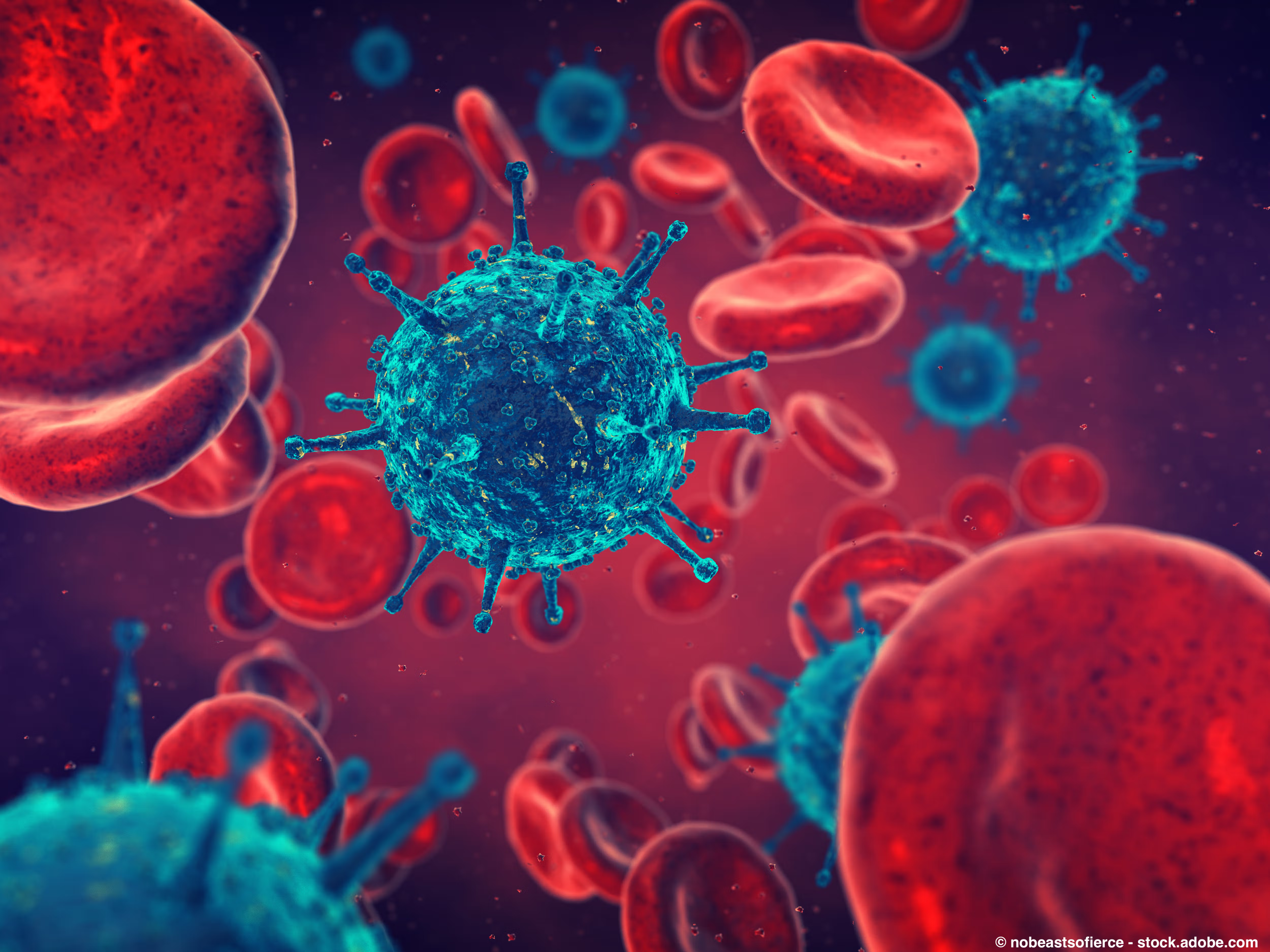Video
Tests Used to Inform Treatment Decisions in CLL
Transcript: Nicole Lamanna, M.D.: When somebody does need therapy, obviously there are a few tests that typically are run prior to initiating therapy. Oftentimes a lot of bloodwork will be drawn, and that’s to look for different issues, not only with the leukemia. A flow cytometry test, which is what Danise [Hoover] and most individuals have when first diagnosed, looks at the B cells. One way to diagnose somebody is to do this particular blood test, and it looks at whether the B cells are normal or abnormal. This looks at the proteins on your B cells and tells us if they’re normal or abnormal. If they’re abnormal, it helps distinguish CLL [chronic lymphocytic leukemia] versus another B-cell cancer. That’s how you diagnose somebody.
Oftentimes, in addition to that blood test, there are other tests that we will look at that help prognosticate. They’re called prognostic markers. One of the tests that we commonly do for CLL is a FISH test, or fluorescence in situ hybridization. Again, this is a blood test. These tests can be done on the blood or the bone marrow, and this helps us talk about knowing differences in one person’s CLL versus another person’s CLL. In other words, remember that I said there were definitely different subtypes within this disease, as we’re learning. And some have what they call favorable features to their disease and put them at what they call good-risk; or those are individuals that we know can do very well long term. Others may have more aggressive disease. These tests help us differentiate between patients.
Why that’s important and why this should be done if it’s not done at diagnosis: We do this certainly before somebody initiates therapy. The reason why we do these tests is that now there are many newer options for treatment. We’re going to talk about traditional chemoimmunotherapy approaches as well as some of the newer agents that are being used to treat this disease. Now we’re learning that there are certain treatments that might be better for certain patients, depending upon these tests. So a FISH test is something we do routinely before anybody starts any treatment because that will help guide us into selection for that patient.
Another test that’s commonly done for patients is called the immunoglobulin heavy chain test, or IgVH, and it looks at the mutational status of patients. Patients are categorized as mutated or unmutated. This is a test that we will routinely do before somebody initiates therapy, if it’s not done at diagnosis. There is some variability in routine testing, and so I think it’s important to note because patients will definitely go to the internet, like Danise, who’s done some research. We can learn a lot about CLL when somebody is first diagnosed, and so many of us who are CLL physicians will do all of these tests at baseline.
However, there are many physicians who will do this before actual treatment. Has that been a standard approach? There’s more than one way to do this. I guess that’s what I’m trying to say. Because if it doesn’t change what somebody is doing—in other words, if a patient is going to be monitored because they don’t need therapy—we can determine that based on your bloodwork and your exam. But obviously, by doing some of these more specialized tests, we know a little bit more about that patient’s leukemia. CLL specialists will often do this at baseline, but many oncologists may not do that. Depending upon whether these tests are expensive and whether insurance covers some of these tests is a completely different discussion. But do we think they're important before somebody gets treatment? Absolutely. As treatments are changing and evolving, some of these guide the physician in terms of which treatment might be better for a CLL patient. So absolutely, they should be done before somebody starts therapy.
Another common test that patients will have prior to starting treatment will be a CT [computed tomography] scan, or an ultrasound, or an MRI [magnetic resonance imaging] to look at their bulky disease. In Danise’s case, she had a bulky spleen. Often, we will do imaging prior to starting treatment so we know how much bulk they have and so we can follow that when they’re done with treatment. Or if there’s an issue and we didn’t know about that bulk beforehand. It’s often very easy to palpate a spleen, but sometimes there are some deep lymph nodes in the abdomen that we can’t appreciate, and that’s important to know beforehand, too, because it may impact side effects that could be found, depending upon the treatment given. So we often will do some baseline imaging prior to starting therapy.
Do individuals with CLL need CT scans to follow them if they’re being monitored? We do not routinely recommend imaging to be done annually, or so on and so forth. If somebody is asymptomatic and doesn’t otherwise need treatment, they do not need routine continuous imaging if they’re being monitored. Usually, if somebody presents with a symptom, that prompts the physician to say, “Hey, I want to do this,” that makes sense. But if you have small lymph nodes, typically what’s happening on the outside is usually what’s happening inside. So the physical exam is usually sufficient.
Routine imaging on CLL patients who are monitored is not something we do unless there’s a symptom that prompts us or there’s a reason why we need to do that, and of course that makes sense. Because, otherwise, following somebody who’s got a lymph node that’s 1 centimeter and is only 2 centimeters a year later, somebody might get misled and say, “Well, that person had 100% growth of that lymph node.” That’s a tiny lymph node. We would normally not treat somebody. We don’t want people getting imaged and then treated unnecessarily if they don’t need it.
Transcript Edited for Clarity




